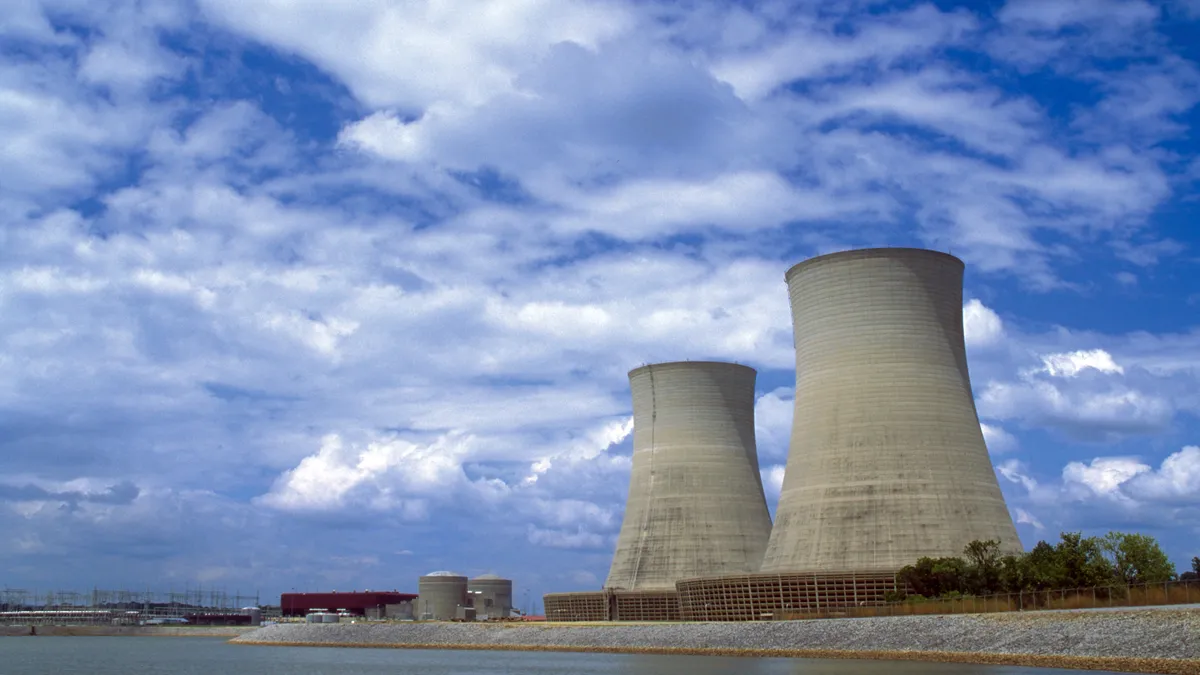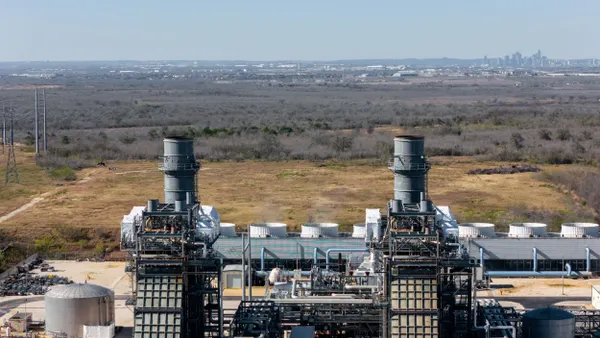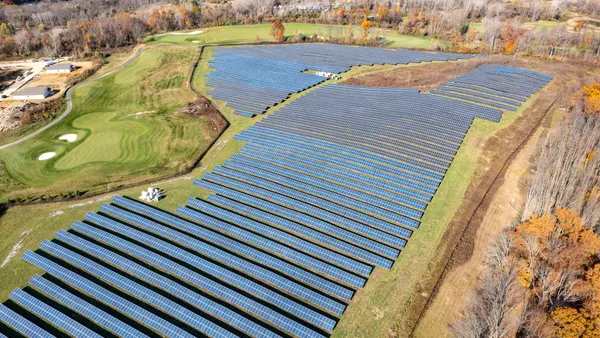Dive Brief:
- Energy efficiency and distributed generation are helping keep load growth to a minimum in New England, with the regional grid operator expecting electricity consumption to grow only about 0.1% annually.
- Constraining demand is vital as the region struggles with a growing dependence on natural gas and a dearth of new pipelines to deliver the fuel.
- ISO-New England continues to look for better ways to integrate distributed resources, while acknowledging that natural gas and wind will continue to be the dominant fuel sources.
Dive Insight:
Investments in energy efficiency and distributed generation are paying dividends in New England, where annual use is almost flat and peak use is slowing. The ISO expects annual use to grow only to 130,500 megawatt hours in 2023, from 129,000 megawatt hours this year.
ISO-New England issued its 2014 Regional System Plan last week and laid out its plan to better integrate distributed resources. The initiative calls for improving the load forecast used by system operations; continuing to analyze the potential impacts of growing distributed generation on system operations; enhancing the photo-voltaic planning forecast and possibly expanding the forecast to include other types of distributed generation.
But the report finds the generation queue is still more than 60% natural gas-fired and, with a lack of new pipelines being built, the region has been paying a premium for power as it plans to retire older, less efficient plants.
"The message is much different this year: We are short on resources," said Michael I. Henderson, the grid's director of regional planning and cooperation, speaking about the plan. "With retirements coming we're facing additional challenges."














